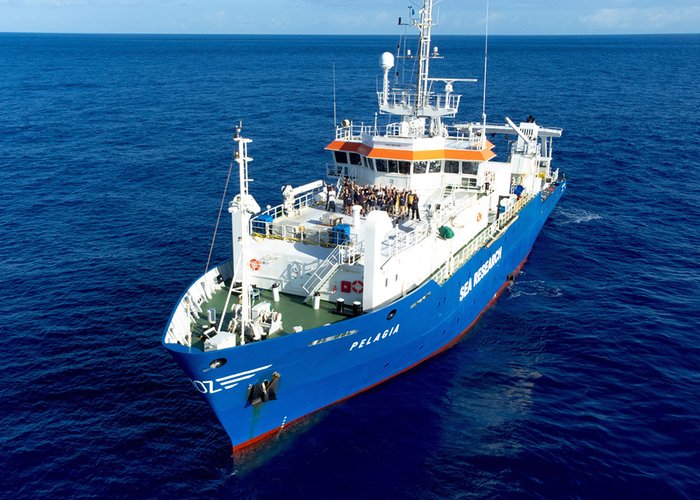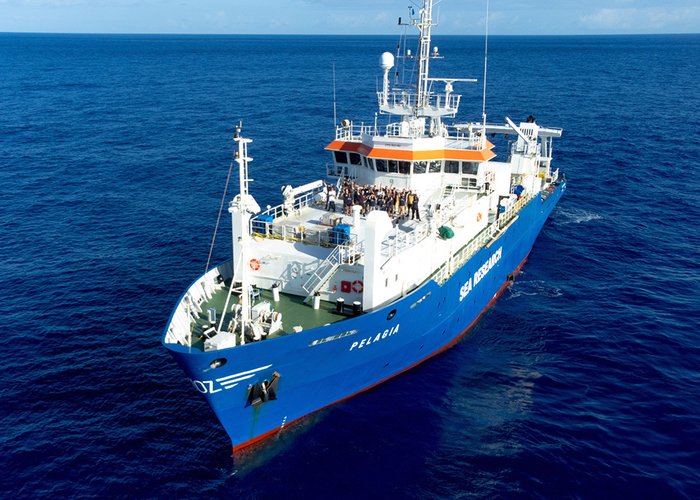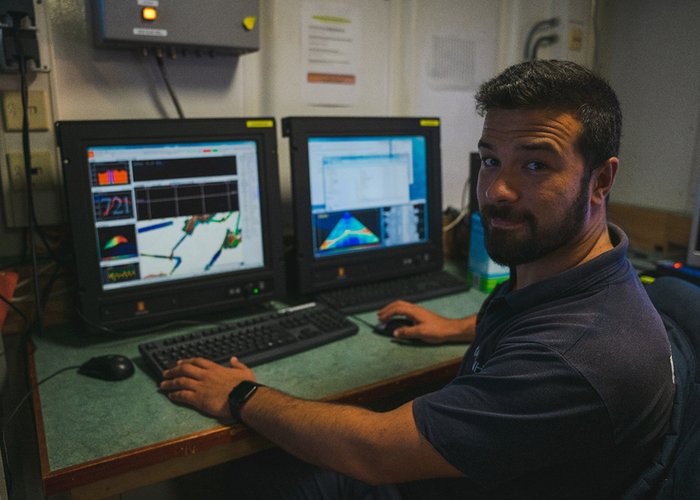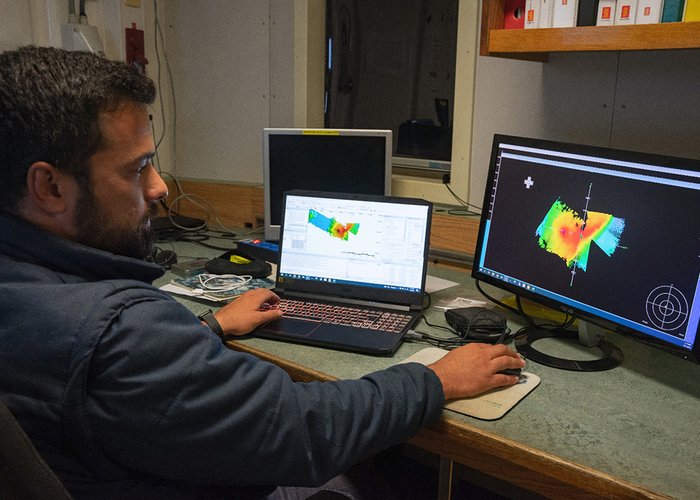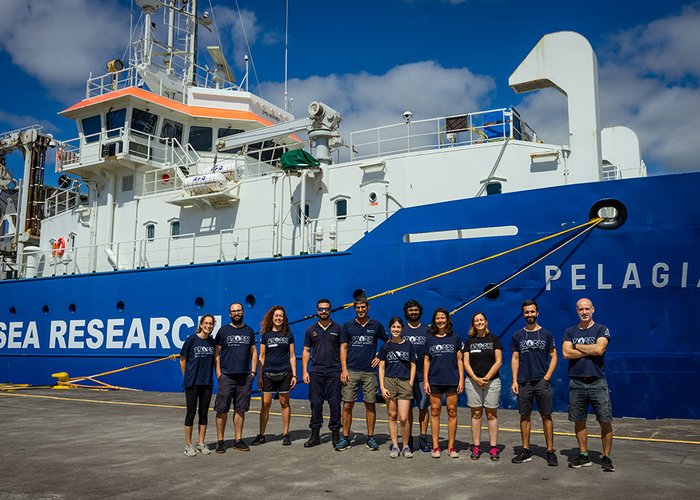Hydrographic Survey within the scope of the iMAR Project
What kind of fish, coral and sponge communities inhabit the Portuguese sea?
What environmental factors determine the spatial distribution of benthic biodiversity (which lives on the sea floor) throughout our EEZ?
In view of the damage to existing fauna in the abusive measure or by the navy, what is the existing fauna in our sea considered?
To answer these questions, the iMAR22 expedition took place between July and August, whose main objective is to map and study how benthic communities exist in unexplored underwater ridges and ridges along the Mid-Atlantic Ridge in the Azores region.
With these objectives in mind, over eight days, a team of researchers from the University of the Azores and second lieutenant José Murta Cunha from the Hydrographic Institute boarded the Research Ship Pelagia, from the Royal Netherlands Institute for Sea Research.
During this period, video images and high-resolution bathymetric information were acquired, samples were collected and their physicochemical parameters analyzed, as well as collections of sediments and seabed fauna. This information from policies that promote the development of heritage, scientifically, promote the sustainable use for the development of means in these very useful natural environments.
This expedition will also contribute to the SEAMAP 2030 program (Mapping the Portuguese Sea) of the Hydrographic Institute and to the international initiative Seabed 2030 and the United Nations Decade of Ocean Science for Sustainable Development (2021-2030).
Knowledge of the ocean is a line oriented towards our motivation, at the Hydrographic Institute of the Portuguese Navy and cooperation is a more effective way to understand the complexity of the marine territory.
(You can follow the work of the University of the Azores research team at https://twitter.com/azoresdeepsea.)


